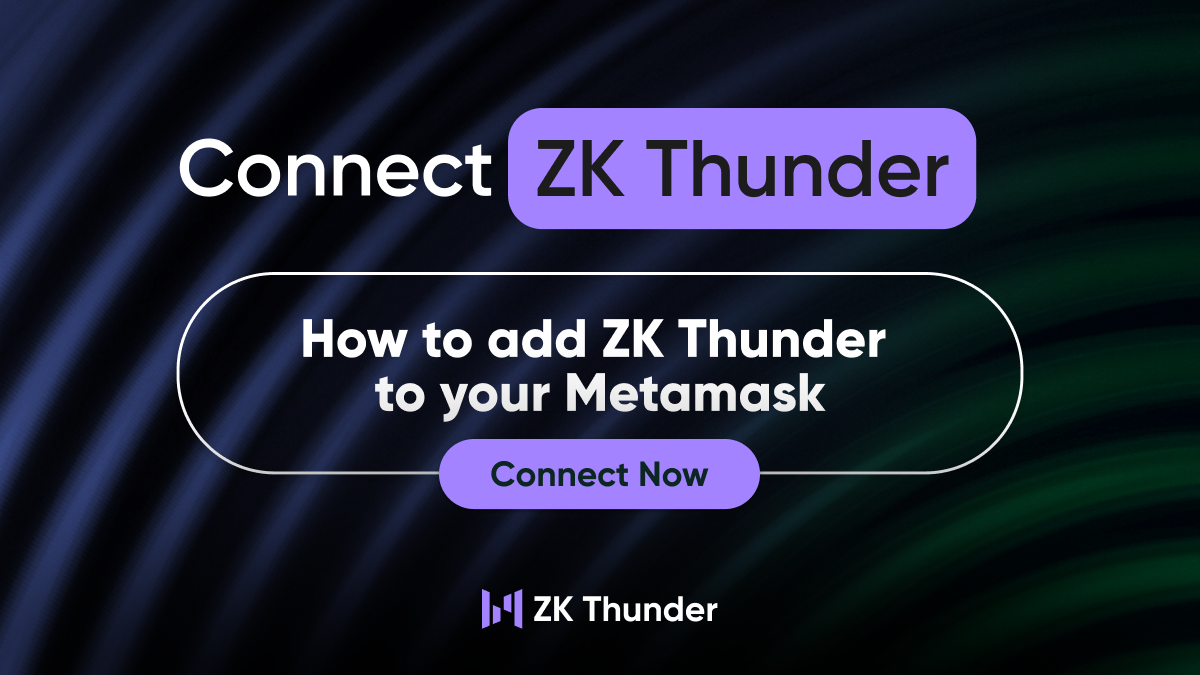.webp)
Decentralized finance, also known as DeFi, is one of the most promising technologies associated with cryptocurrency. DeFi refers to financial applications and services that are built on blockchain technology and operate in a decentralized manner, with no traditional intermediaries, such as banks and financial institutions.
The DeFi movement has the potential to disrupt the traditional financial system by offering a more open, transparent, and inclusive financial system that is not controlled by a few large institutions. DeFi applications can offer a wide range of financial services, including lending, borrowing, trading, and payments, and can be accessed by anyone with an internet connection.
Benefits Over Traditional Finance
One of the key benefits of DeFi is that it allows users to interact with financial services, without the need for intermediaries.
Poor stewardship by centralized entities cost investors billions of dollars over the last few years. DeFi requires each user to maintain their own security, but it doesn’t lump all of your assets together into a huge target for hackers or creditors after there is a bankruptcy.
Decentralization can help reduce costs and improve efficiency, as intermediaries often charge fees for their services. They can also introduce delays and other inefficiencies into the financial system.
DeFi can offer increased transparency and security, as all transactions and activities are recorded on a publicly available blockchain. This can help to reduce the risk of fraud and other forms of financial misconduct, as all transactions are open to scrutiny and cannot be easily altered or manipulated.
Bitcoin Integration
In its infancy, developers moved DeFi development off the Bitcoin blockchain because they believed that UTXO was incompatible with smart contracts, among other reasons (like a preference for turing completeness). Ethereum, Solana, Polka Dot and many others chose the easiest path to get working products despite Bitcoin’s continued market dominance.
Other projects such as Liquid and Stax attempted to develop platforms that were compatible with Bitcoin, but required technologies like wrapped tokens and token bridges that were essentially the same as other platform’s solutions for tapping Bitcoin’s liquidity.
Mintlayer removes the need for wrapped tokens and bridges by building native Bitcoin support directly into the platform. We have also chosen our technology stack carefully to make it as simple as possible for developers to fully integrate Bitcoin’s advantages into projects built on Mintlayer.
DeFi suffered $3,180,023,103 in total losses in 2022. Most losses were from attacks on token bridges and 3rd party custodian accounts. While working to bring DeFi to Bitcoin, we simultaneously removed the need for these questionable workarounds that projects are still using despite the security risk.
By using a UTXO based accounting system, Mintlayer is compatible with Bitcoin at the most basic level. We’ve also focused on integrating the most promising optimization technology, the Lightning Network, from the beginning.
Scalability
One of the biggest challenges facing the DeFi space is scalability. The decentralized nature of DeFi applications means they can be slower and more expensive than traditional financial services.
Mintlayer includes proven solutions for efficiency, such as the use of second-layer protocols like the Lightning Network, technologies like Multi-signature aggregation, and more efficient platforms like WASM.
WASM has the added benefit of being interoperable with a wider array of programming languages. A larger group of developers are qualified to work on projects using Wasm, and there are also more robust tools available for development. This means that projects built on Mintlayer will build teams and find solutions quicker than blockchains using more targeted platforms.
User Interface
Another challenge facing the DeFi space is the need for better user experience and usability. Many DeFi applications can be complex and difficult for non-technical users to understand and use, which has limited their adoption.
Mintlayer plans on integrating the most useful DeFi technologies into user interfaces that are accessible as well as intuitive. Things like deploying tokens, which required learning to write code on Ethereum, can be accomplished with an embedded form in the Mintlayer ecosystem.
Conclusion
Bitcoin maximalists have been pushing for increased functionality for years. At the same time, other projects have been building workarounds that do not inspire confidence to access the liquidity present in the Bitcoin ecosystem for their DeFi ecosystem.
Mintlayer bridges the gap without a bridge; we maintain the fundamental technology Bitcoin is built upon while expanding its capabilities. By making careful choices during early development, Mintlayer’s ecosystem for DeFi on Bitcoin has the potential to remove a lot of friction, increase the security, and bring the most promising use cases of DeFi to an ecosystem that is completely interoperable with Bitcoin.
Discover more

How to Add ZK Thunder to Metamask
This is a step-by-step guide How to Add ZK Thunder to your Metamask Wallet.

Are Quantum Computers a Threat to Crypto?
We break down the risks posed by quantum computing and explore potential solutions to safeguard blockchain security.

Mintlayer’s Pulsar Consensus: A New Era for Efficiency & Security
We have published our comprehensive white paper on arXiv.org detailing the Pulsar Consensus.